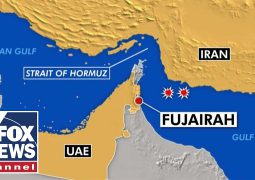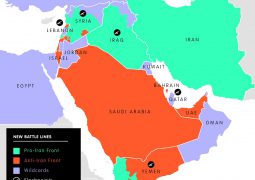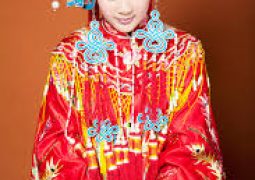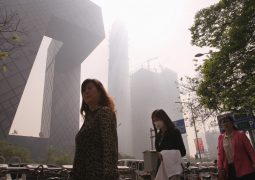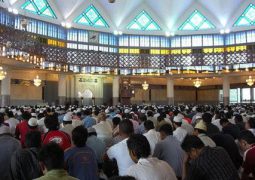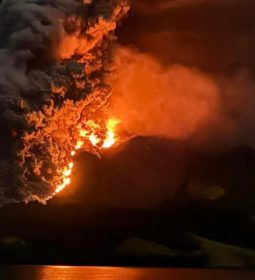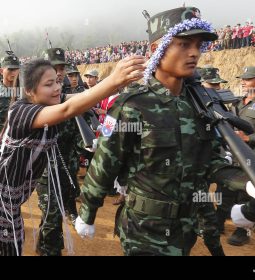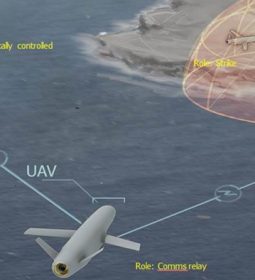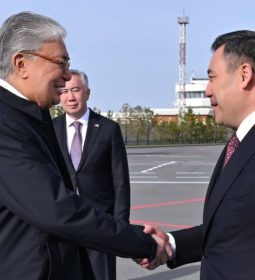The wonder of Australia’s meat and livestock industry
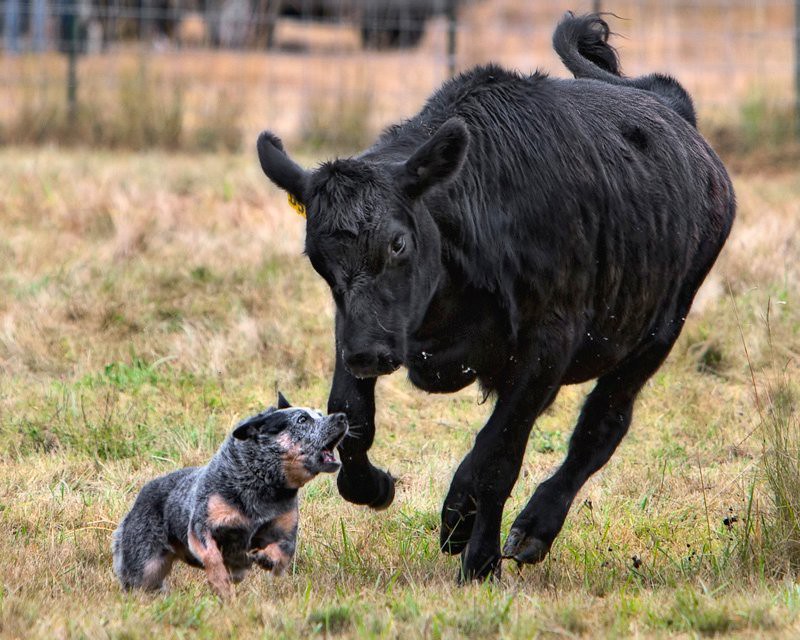
The wonder of Australia’s meat and livestock industry
Tim (left) showing off the tiny nodules on a legume plant.
By Loong Wau Ting
THE sun is already up and shining brightly by the time we finish loading all our bags into the white mini bus that will take us to The Food Farm located in the Yarramalong Valley on the New South Wales Central Coast in Australia.
As the six of us — journalists from Singapore, Thailand and Indonesia and representatives from Meat and Livestock Australia (MLA) — take our seat in the bus, our driver Darren reminds us to fasten our seatbelts and tells us that the journey to the farm will take 90 minutes from Sydney city centre.
Everyone is ready and brimming with excitement for the adventure ahead, some are ready to stretch out and catch a snooze along the way.

The scenic drive along the Pacific Motorway that connects Sydney to the Central Coast, Newcastle and Hunter regions is juxtaposed with green mountains and clear blue skies.
Pictures of barren Australian landscapes that I’m so used to seeing on postcards are barely visible here. Everywhere we turn to, we are overwhelmed by the lush greenery that stretches out as far as the eyes can see. Occasionally, we come across snaking rivers with turquoise water cutting through the smaller hills.
THE FOOD FARM
Cattle farming in Australia is based on sustainability
We arrive at the beautiful and expansive farm, where young farmers Tim and Hannah welcome us to their property, The Food Farm. In the background, the rolling green hills of Yarramalong Valley seem to overlap with one another.
Overhead, the clouds begin to gather but soon dissipate as strong winds blow through the valley and towards the creek on the other end. The howling sound of the wind against the leaves of the centuries-old red gum trees makes us feel as if we’re trapped in a gushing river.
The farm is perched on a gentle slope over which cattle roam on their own. A couple of curious ones come running like dogs to greet us as we enter the paddock.
Yellow butterweed sprouts in patches on the ground, flowers glistening in the rays of the sun. The sweeping view of the valley and the fields continue to mesmerise us, until Tim invites us for a walk around his farm.
Despite the cool and crisp air, we are warmly welcomed to The Food Farm by the couple, and the ever-inspiring MLA Corporate chefs Sam Burke and Julia Ballard, who will whip up a delicious lunch.
THE FARM TOUR
As Tim graciously shows us around his farm and occasionally points out the types of grass that they grow according to the season which he uses to feed his cattle, Hannah explains that like most farmers in Australia, the animals are raised on natural pastures and enjoy a range of climates.
By focusing on sustainability, Aussie farmers like Tim and Hannah are able to continuously improve the well-being of their people, animals and the environment.
It is no secret that Australia has long held a reputation as a red meat producer with integrity. As Tim tells us, all his cattle are grass fed for nine months, after that they are fed gradually with grains for about three months before they’re sold.
Tim also constantly moves his herd around the farm every three days so that the grass will have time to regenerate. The pasture is full of a variety of nutritious grass and legumes such as millet, lucerne and clover. Legumes are especially important as they capture the nitrogen in the air and make it available in the soil through the tiny nodules on the root.
Tim doesn’t rely on chemical fertilisers, instead he uses organic fertilisers such as cow and chicken manure to boost organic matter in the soil. Using natural manure means that the nutrients in the soil are able to be absorbed easily into the roots of the pasture and vegetables. Not only that, it also holds moisture in the soil, so that in drier season, the soil is better equipped to cope with the dry conditions.
We carefully sidestep our way around the farm to avoid cow poop which are abundant in the field. The tiny dung beetles that live in the soil are known to perform a multitude of ecosystem services which eventually help to enrich and fertilise the land.
Our farm exploration is cut short when Sam and Julia sound the bell to call us in. It’s time for lunch. The tables are set picnic-style by the time we arrive back at our starting point.
Chairs are set on both sides of the long table and on it are a platter of medium done beef, grilled lamb rack and some salad to balance out the flavour.
It’s amazing to see the chefs whipping out quite a large fare from their mobile kitchen perched under the gum tree. In between tucking into the sumptuous meal, Sam shows us how to prepare a good plate of steak with minimal ingredients.
He says you don’t need fancy ingredients to make the best steak — just salt, pepper and local herbs. And when it comes to preparation, it’s all about the timing.
True enough, as I watch Sam flip the meat (a couple of minutes on one side) on his coal-fired grill, my mouth waters.
I watch in wonder as he sprinkles some salt and pepper to season the meat, and sets it aside to cool before slicing it to reveal the juicy and tender flesh inside. Our tastebuds are pampered with all the mouth-watering dishes from the perfectly-cooked meat and refreshing bowls of salad.
Delicious food aside, the half day tour has taught us about the process of raising cattle, and the sustainability and competitiveness of the red meat (specifically beef, lamb, veal and goat products) and livestock industry in Australia.
I also learn about what makes Australia the perfect place for producing top quality red meat, which has earned it a reputation as The True Aussie brand.
THE VINEYARD TOUR
Hunter Valley with Brokenback Range in the background
It’s almost two in the afternoon by the time we bid Tim and the rest farewell. We continue our hour-long drive to Pokolbin in Hunter Valley where we will stay for the night.
Set on 28 hectares of manicured gardens with rolling countryside views framing the entire property, every room at the Voco Kirkton Park Hunter Valley has its own sunny balcony where you can sit and relax while watching the incredible wine-country scenery go by.
A quick check-in later, I head back to the lobby where I join my group for an exclusive vineyard tour lead by tour leader Garry Mills.
Our first stop is Leogate Estate Wines, about five minutes’ drive from our hotel. A life-sized sculpture of Leo the lion sits in the driveway, ready to welcome visitors who wish to drop in for a wine tasting experience.
The grape vines glisten in the evening light. Up ahead, the Brokenback range sits majestically, like a huge block shielding the valley below from the ever changing weather.
Here, I learn more about the different variety of wines and meat pairing. Our wine tasting experience comes complete with a charcuterie board which the host has graciously prepared for us. Next, we head to another vineyard, Glandore Winery for another round of wine tasting which is a wonderful experience.
Back at the hotel and after a quick dinner, I am ready to put up my tired feet and rest. Surrounded by neighbouring farms, there is no need for an alarm clock. In the morning, the grazing cows nearby sing their morning song, which is accompanied by the chirping of birds.




